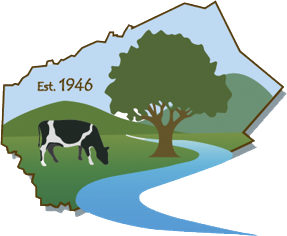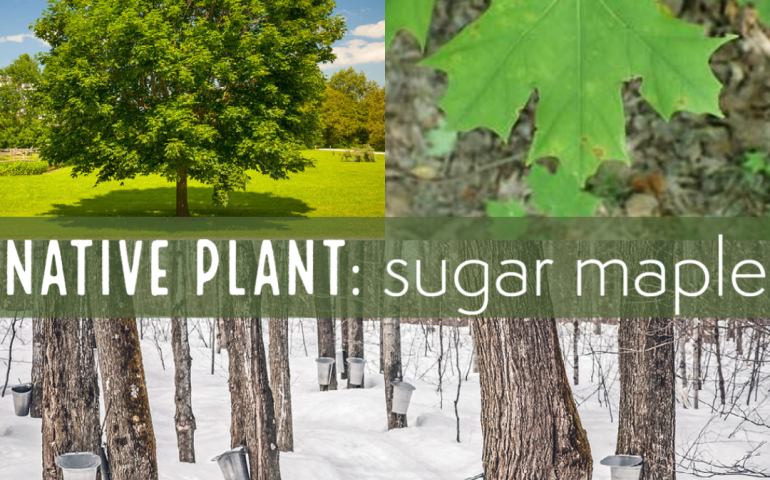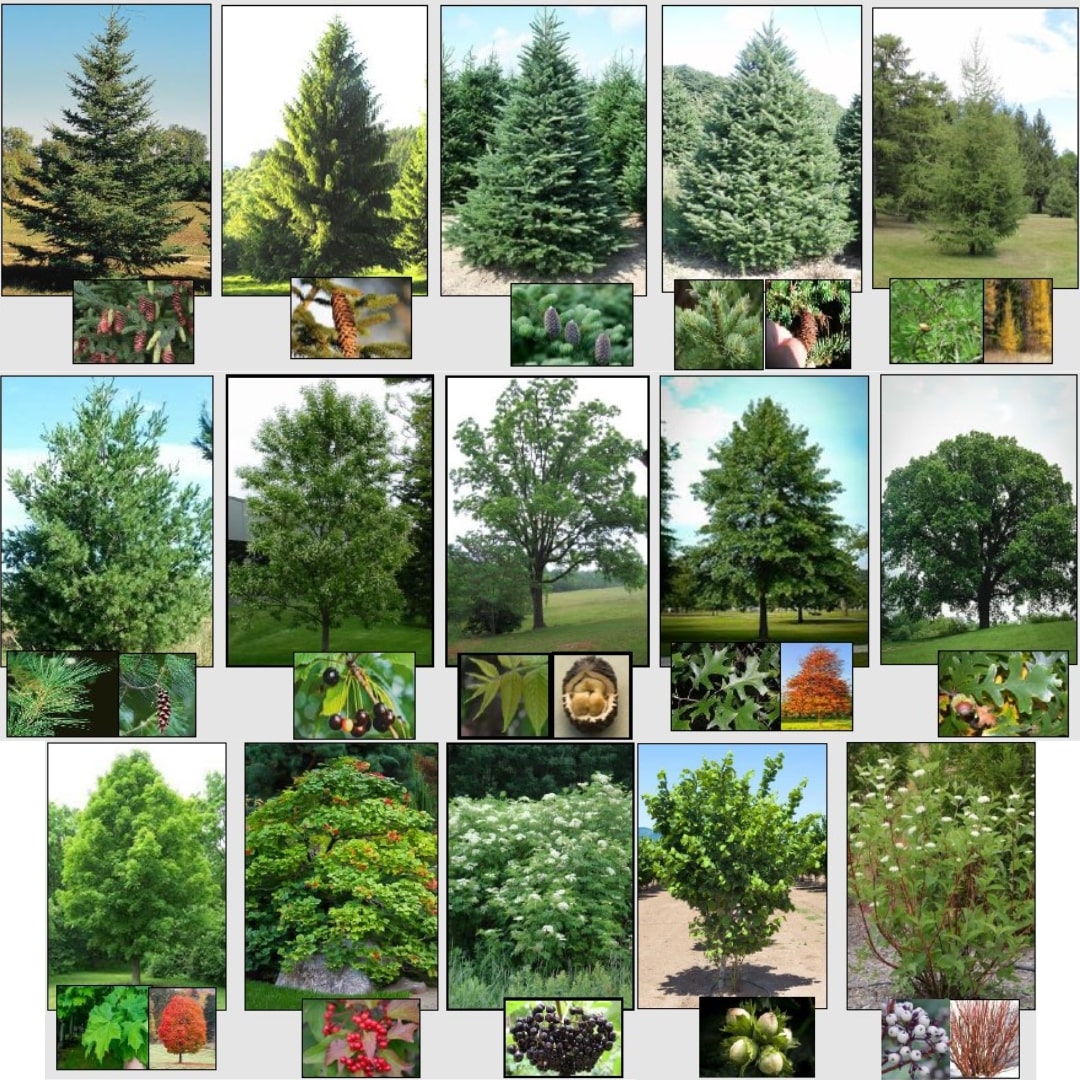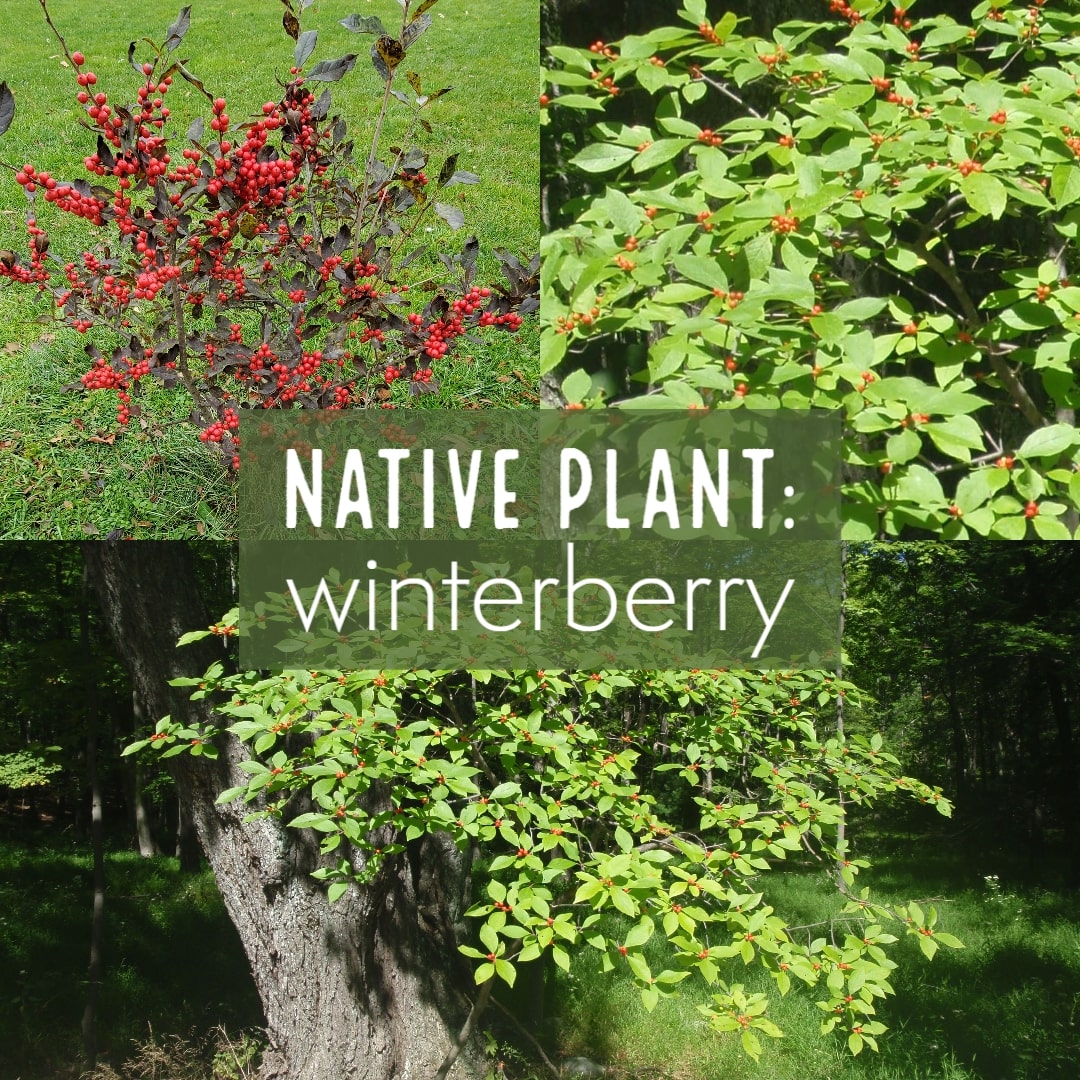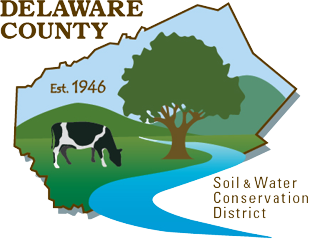The well-known sugar maple, Acer saccharum, is a large hardwood tree native to eastern Canada and the eastern United States. Human populations have used this tree’s sap to produce maple syrup for centuries, along with using its wood for lumber and firewood. Sugar maples are also important for wildlife, particularly white-tailed deer, moose, snowshoe hare, porcupine, and squirrels who browse the leaves and bark along with the seeds, buds, and twigs. The lush deciduous canopy, trunk, and branches provide homes for cavity nesters, songbirds, and woodpeckers.
Preferring relatively moist, well-drained soils, sugar maples are found across Delaware County, turning the hillsides into brilliant autumn shows of reds, yellows and oranges. Critical to the hardwood forest ecosystem, sugar maples provide an abundance of ecological benefits. These shallow, yet fibrous and wide rooted trees hold soil and nutrients in place which reduces runoff into nearby waterways. Fallen leaves also provide an important nutrient source for forests, while leaved branches shade the soil providing a cooling effect and carbon sink.
When deciding which maple to plant in your landscape, consider choosing a native maple such as the sugar maple. Nonnative and invasive maples can outcompete native maples threatening the survival of native maples and the wildlife that depends on them.
Have questions about native plants? Contact DCSWCD’s Catherine Skalda: 607-865-5223.
